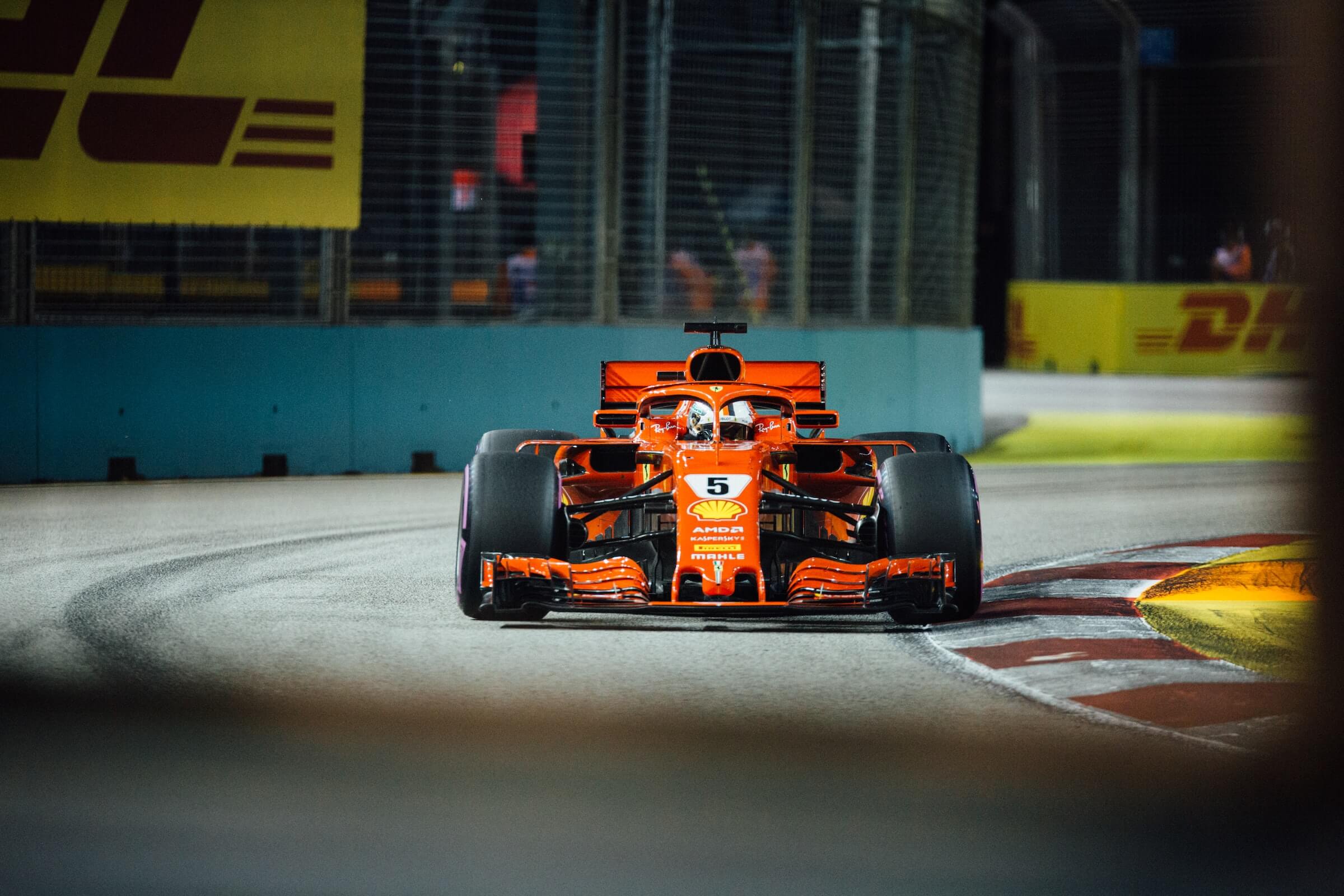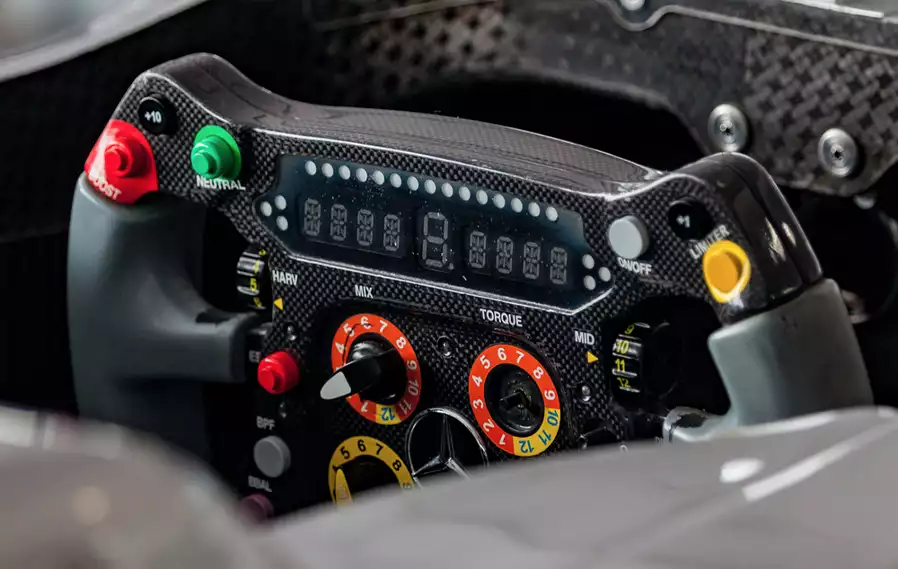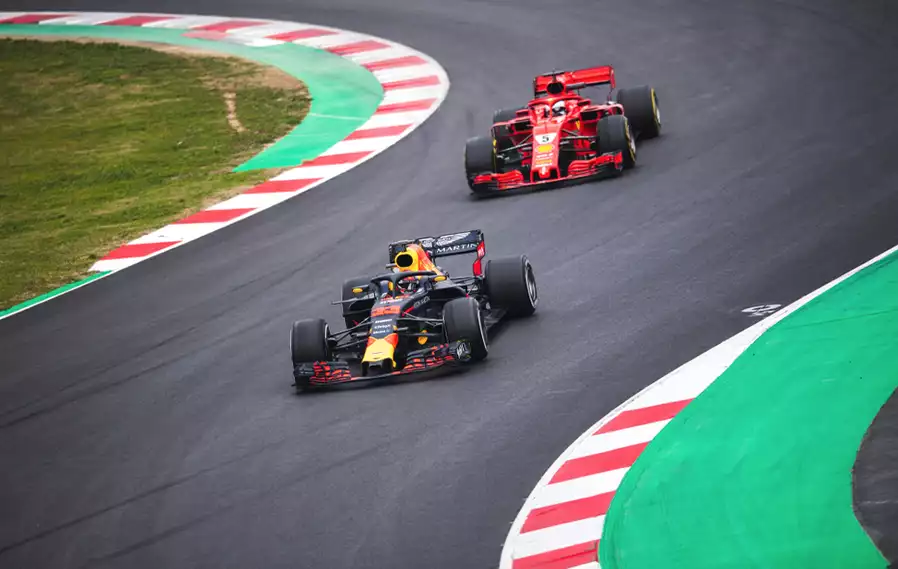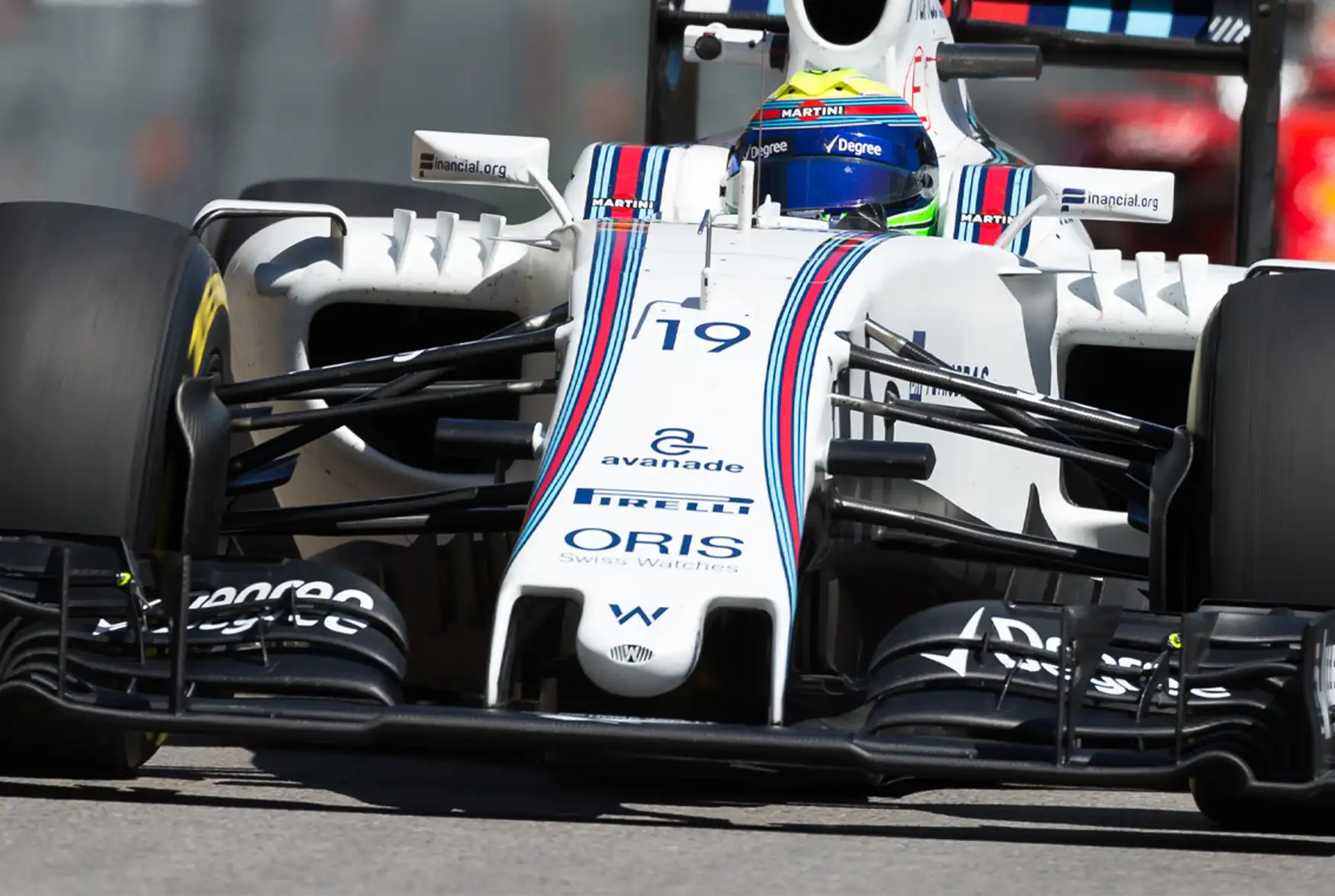Formula 1 is the pinnacle of motorsport, and the cars that compete in the sport are some of the most technologically advanced machines on earth. They are designed and built by teams of engineers who work to get the most out of the cars.
One area where they do this is by carefully designing the suspension geometry of the car, and one key parameter in this design is camber. In this article, we’ll take a look at what camber is and how it affects the performance of a Formula 1 car.
Table of Contents
Watch this video to understand tyre camber on Formula 1 cars.
What does camber mean in F1?
Camber is the angle of the wheels in relation to the vertical plane. In Formula 1, the ideal camber angle is one that maximizes grip while minimizing tire wear.
Camber plays a critical role in the performance of a Formula 1 car, as it affects both grip and tire wear. Because of this, teams place great emphasis on it.
To find the perfect balance, engineers use computer simulations and wind tunnel testing to experiment with different camber angles. They also have to take into account the different types of tracks that the cars will be racing on, as each track has its own unique characteristics.
One thing that all engineers agree on is that camber is a crucial part of getting the most out of a Formula 1 car. By carefully tuning the camber angle, teams can eke out every last bit of performance from their cars.
Key takeaways
- Camber is the angle of the wheels in relation to the vertical plane.
- In Formula 1, the ideal camber angle is one that maximizes grip while minimizing tire wear.
- Camber plays a critical role in the performance of a Formula 1 car, as it affects both grip and tire wear.
- To find the perfect balance, engineers use computer simulations and wind tunnel testing to experiment with different camber angles.
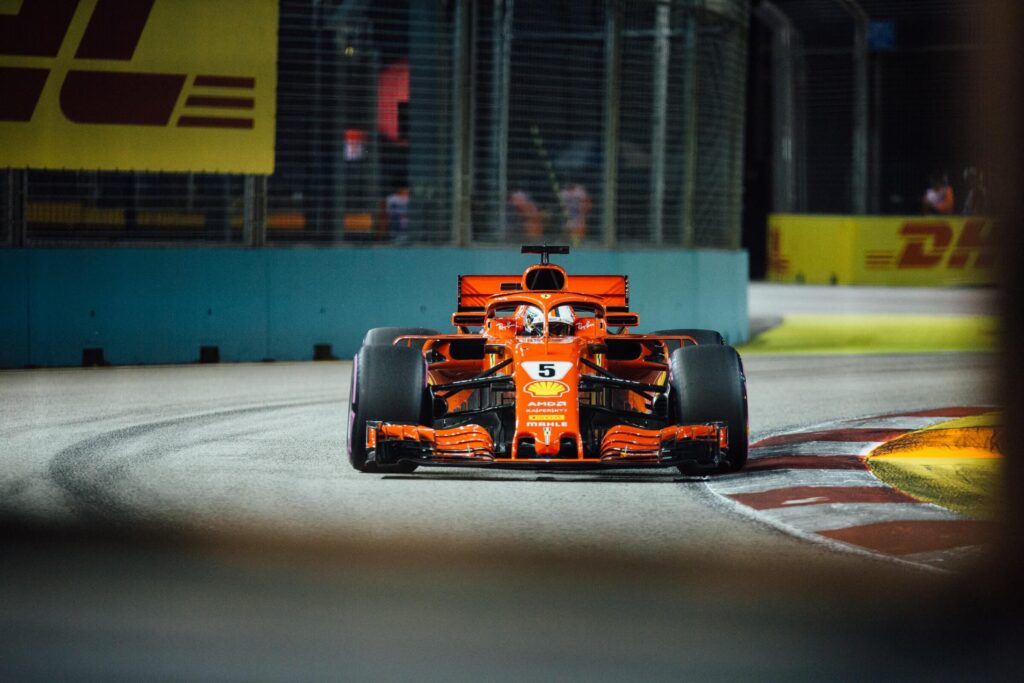
Photo showing a Formula 1 car with negative camber.
Understanding Camber
Now that we’ve looked at some basic concepts regarding camber and it’s role in Formula 1, let’s take a more in-depth look at the topic.
How does camber work?
For the above discussion, we know that “The camber angle is the angle between the wheel and the vertical plane”.
When the wheel is perfectly vertical, the camber angle is 0 degrees. If the top of the wheel is closer to the car than the bottom, then the camber angle is negative. Conversely, if the bottom of the wheel is closer to the car than the top, then the camber angle is positive.
The camber angle has a big impact on how the tire interacts with the ground.
If the camber angle is too small (close to 0 degrees), then the tire will have less contact with the ground, which will reduce grip. If the camber angle is too large (more than a few degrees), then the tire will wear out more quickly.
That’s why engineers spend so much time trying to find the perfect camber angle for each track. By experimentally testing different camber angles, they can find the one that gives the best balance of grip and tire wear.
How camber affects a car’s performance on the track
Camber plays a big role in how a Formula 1 car performs on the track.
The main way that it affects performance is by affecting grip. The camber angle has a big impact on how the tire interacts with the ground, and if the camber angle is too small, then the tire will have less contact with the ground, which will reduce grip.
Another way that camber affects performance is by affecting tire wear. If the camber angle is too large, then the tire will wear out more quickly. This can be a big problem during a race, as it can force a driver to pit early for new tires.
So what is the ideal camber angle? The answer to this question depends on a number of factors, such as the type of track, the weather conditions, and the tires.
However, in general, the ideal camber angle is one that maximizes grip while minimizing tire wear. Teams spend a lot of time experimentally testing different camber angles to find the perfect balance for each track.
Different types of Camber
As we mentioned before, camber is the angle of the wheels in relation to the vertical plane. Depending on this, there are three different types of camber:
Positive camber
Positive camber refers to the outward angle of the front wheels. Due to this, the vehicle will pull to one side or the other, creating a more stable driving experience. Having positive camber reduces steering effort and improves stability in a straight line.
Neutral camber
The neutral camber configuration is ideal for maximum acceleration and braking on flat roads since it maintains a flat contact patch. When cornering intensely, the inside wheels may lift on the inner contact edges.
Negative camber
In a negative camber configuration, the wheels are inclined toward the chassis. This angle makes cornering at high speeds a breeze. It is mainly possible due to the fact that the bottom part of the tires is not as in contact with the surface as the top part.
Too much negative camber can lead to uneven tyre wear, poor handling, and even tyre overheating and blistering because of the increased stress on the tyres’ inside shoulders.
Now, you might be wondering, which camber is mostly used in Formula 1?
The answer is that it depends on the track. Each track has its own characteristics, and so each team has to find the perfect camber angle for each track.
However, in general, teams tend to use negative camber more often than positive camber. This is because negative camber helps to improve grip when cornering at high speeds.
The camber angle has a big impact on how the tire interacts with the ground.
Frequently asked questions about Camber
Why do F1 cars have different camber?
Is there an optimal camber angle in F1?
What is the difference between positive and negative camber?
Conclusion
So, there you have it! That is everything you need to know about camber in Formula 1. Camber plays a crucial role in the performance of a Formula 1 car, and so teams spend a lot of time experimentally testing different camber angles to find the perfect balance for each track. So, next time you’re watching a Formula 1 race, pay attention to the camber of the cars and see if you can spot any difference in performance!
Article sources
Learn more about Formula One
Want to learn more about F1? Then visit our Formula 1 glossary and dictionary.

